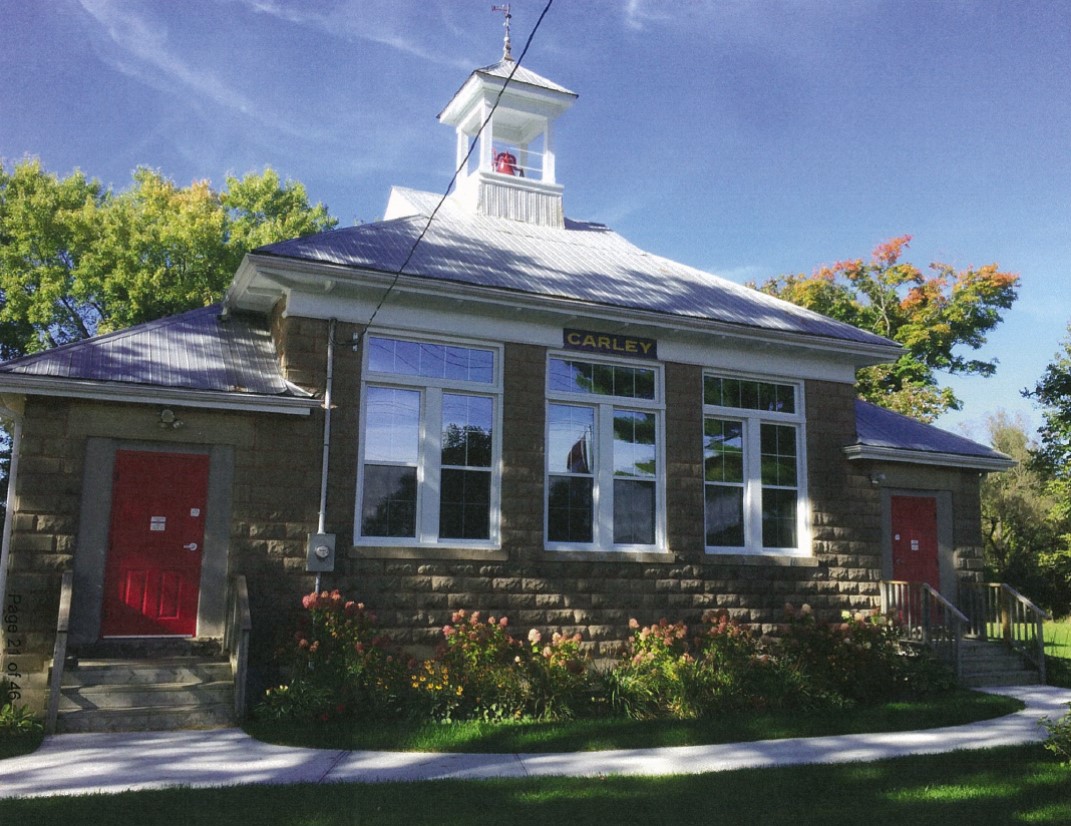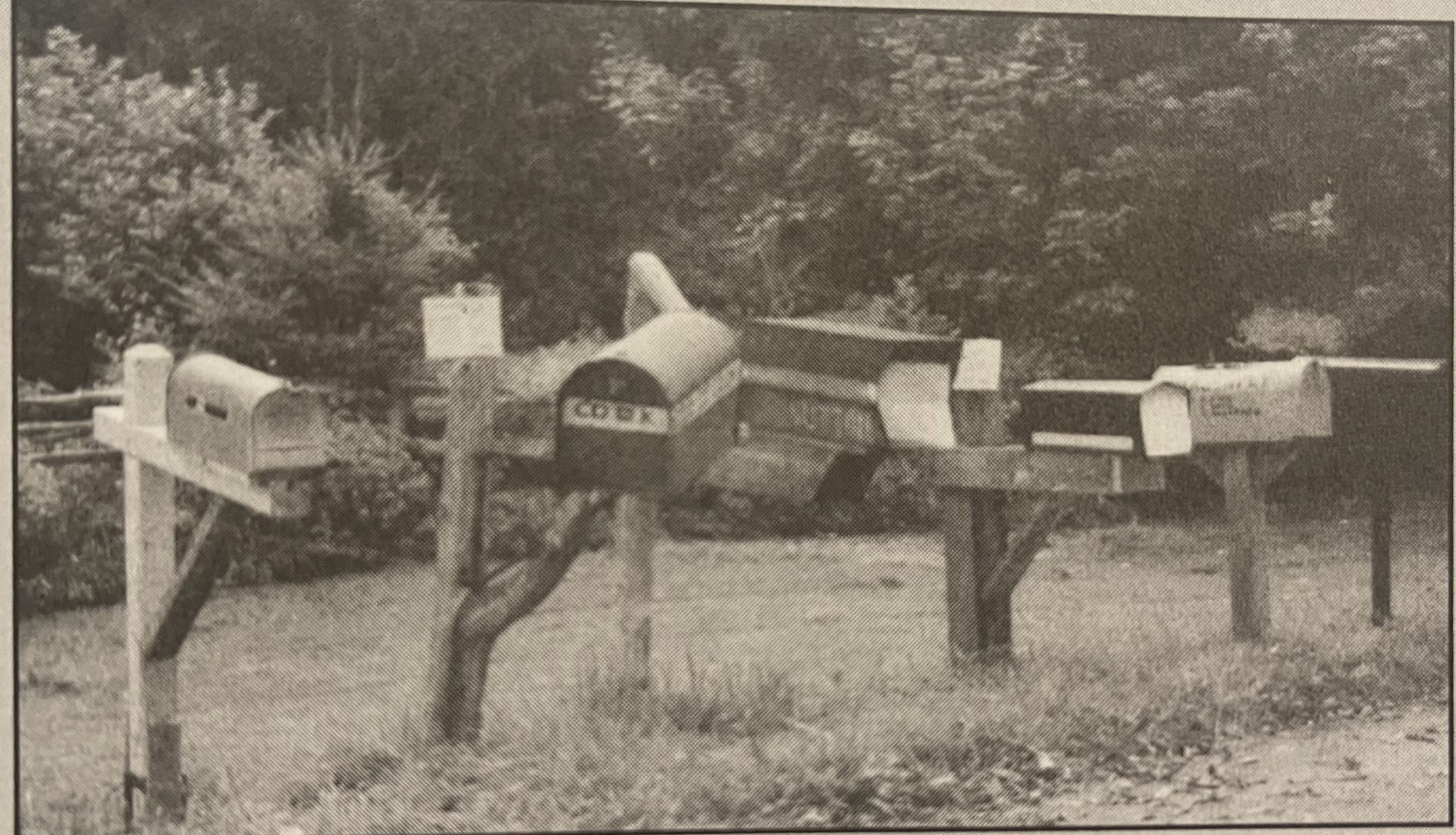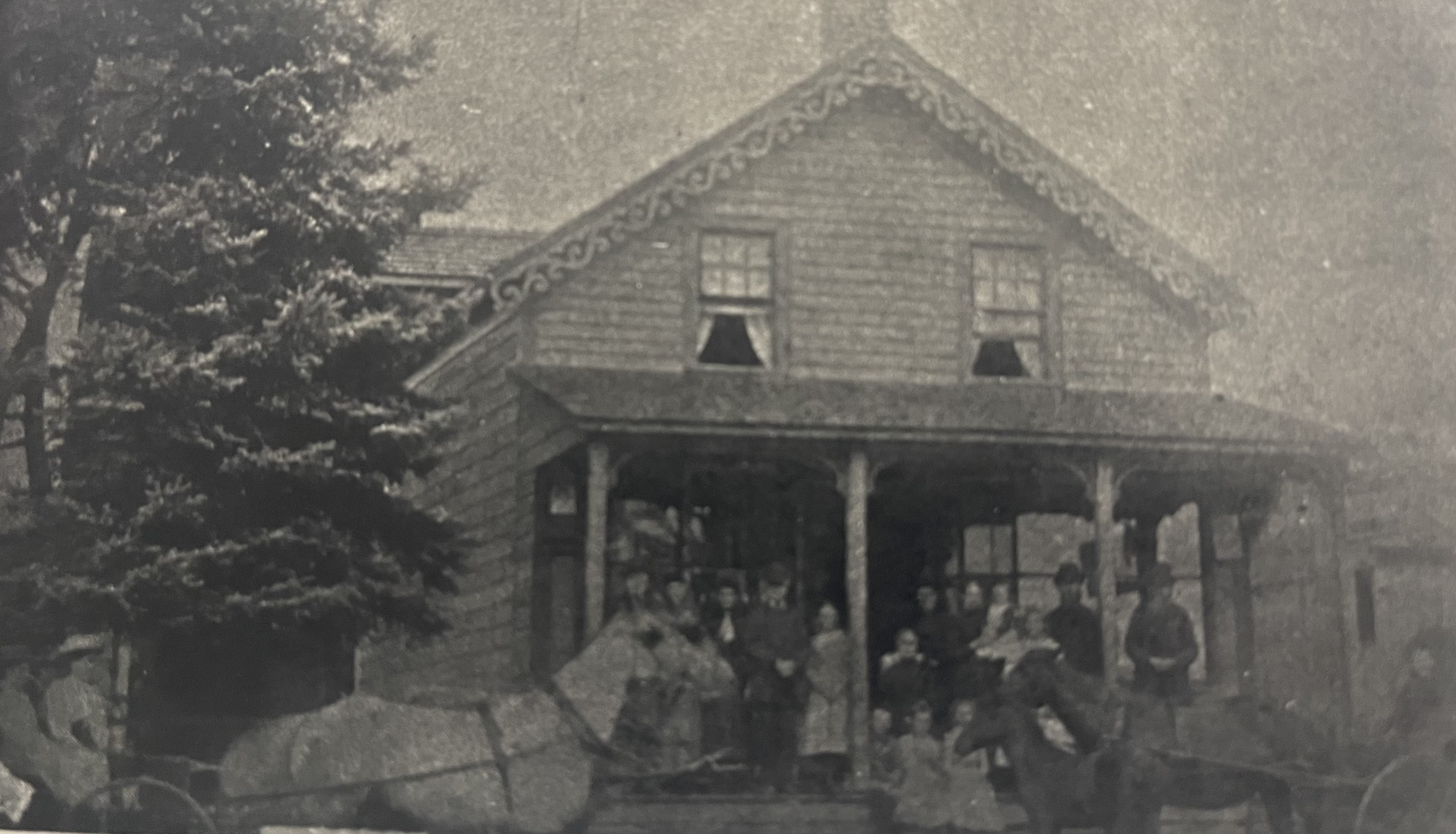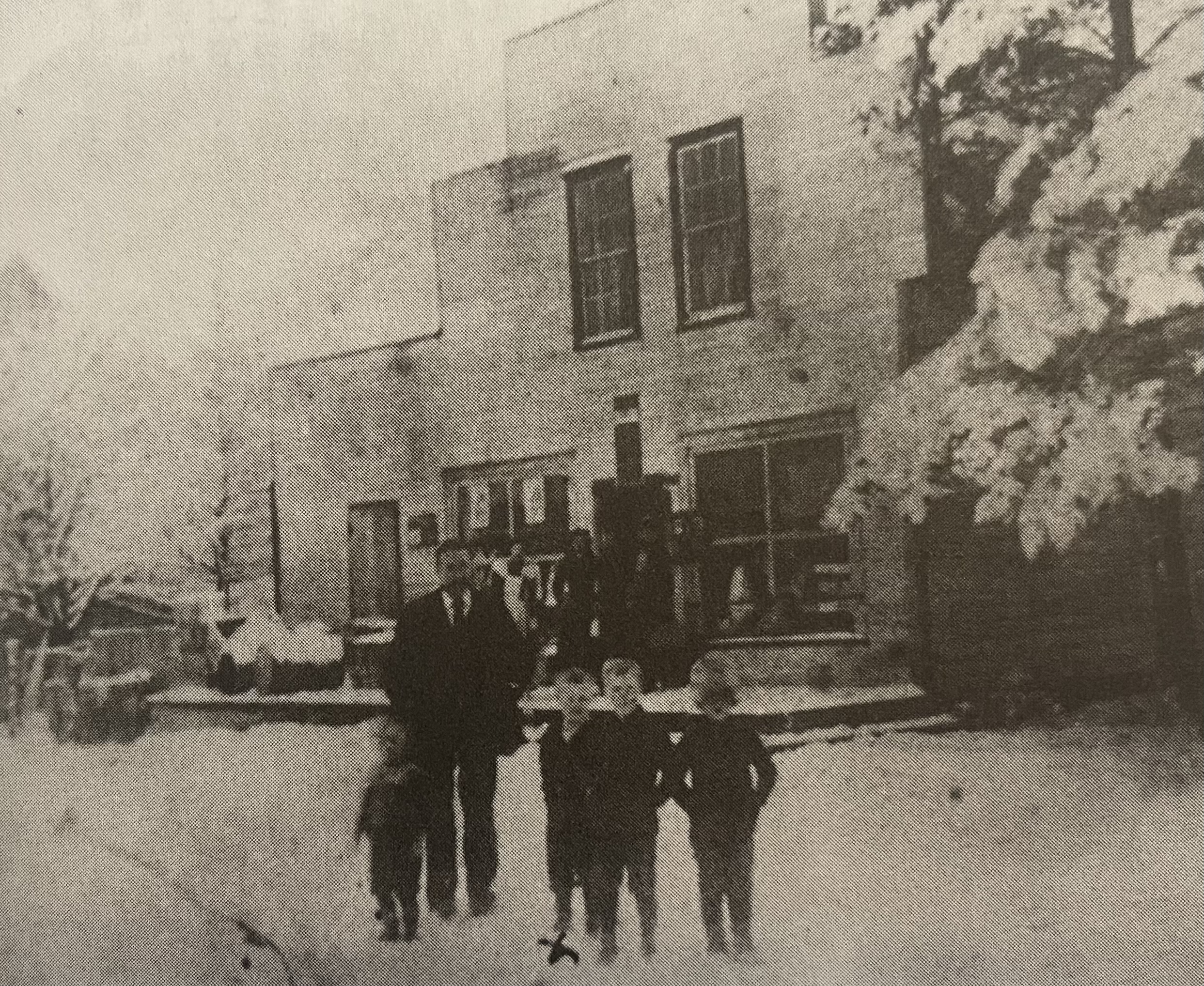Communities of Oro-Medonte
Carley
Carley was named, like many other hamlets, after a local family. The Canadian Pacific Railway built a line from Toronto to Sudbury in 1907 and Carley was created. A train station, water tank and residence were built by CPR on what is now the Warminster Side Road as a refuel depot and also to serve local farm families. A stockyard was added in 1909 to accommodate the shipment of hogs and cattle.
Expansion began with the addition of a post office and an outdoor ice rink was built for winter hockey. In 1911 telephone lines appeared and the McDuff Bros. of Coulson were contracted to build a one room schoolhouse. The McDuff Bros. built the school house using their state of the art cement machine. Miss Maud Bell, a resident of Carley, was the first teacher. The doors opened in 1913 to her 20 students’ grades 1 to 8. By 1920 a general store, boarding house and brickworks were added to the community.

Carley Community Hall
And so the one room school house began its history as the focal point of the community. As there was no church, the residents used the school house for religious meetings. Community picnics were also held on the school grounds at which they had races, games, a luncheon and on occasion ice cream. The school had a sports field which the resident youngsters used to play basketball and football.
1939 was an historic year for Carley as the train carrying King George VI and Queen Elizabeth (the queen mother) stopped to take on water. The area residents organized a “light” show for the royal couple by lighting bonfires and turning on their car headlights. As with many rural communities, Carley diminished as members of farm families were being drawn to the city. In 1960 the rail station was closed and torn down. Better roads, more cars and ultimately diesel engines led to its decreased size.
The one room schoolhouse graduated its last 15 students (taught by Mr. Robert Ritchie) in 1965. Due to provincial policy of school consolidation, one room school houses were now a thing of the past. The one room school house is the community’s only remaining historical building. Currently, it is being used as the community hall and residents hold craft sales, family reunions and euchre tournaments there.
Creighton

Mailboxes at Creighton c. 2001. Pg 135 Medonte: A Township Remembered
The village of Creighton consisted of three saw and shingle mills, owned by the Cooks, the Connors and the Chases. It also had two hotels, a schoolhouse, two woolen mills, a blacksmith shop, a boot maker’s shop, a milliner and dress shop, a general store, a post office, a tavern, two halls and various homes and farms.
The name came from a preacher who was in the area at the time and Mrs. Cavanagh wrote to the government asking that her post office be named Creighton.
Today, many of the landmarks are gone but some remain as private homes. The Creighton House, built by Michael Cavanagh in 1850, was the general store, tavern, inn and post office finally closing to become a private residence in the 1950’s.
The Creighton halls were built in 1850 and 1880 and are still standing. The Creighton school was built in 1866 and turned and bricked in 1899. It is now a private home.
Edgar
Edgar, one of the most thriving communities in the early days of Oro Township, was established in 1832. At one time it was known as “Richardson’s Corners” but was later name Edgar after an early settler, John Edgar.
This hamlet featured a Half Way House knowing as the Morningstar Hotel. In 1866 John Smith operated a store and post office. The stage brough the mail to the village once each week in the early days. In 1873, the telegraph was installed at the Miller Store. On the south-west corner of the village a shoe repair shop was in operation. There were several resident doctors in Edgar.

Sandy Miller’s Store in Edgar built in 1871. Pg. 227 “The Story of Oro”
Moonstone

The Moonstone Store c. 1903. Pg. 173 Medonte: A Township Remembered
Moonstone is a community located on County Road 19 between the 7th and 9th Concession. For the first part of its history, this hamlet was known as Medonte. It is said that Mrs. Edmond Moon was reading Wilkie Collin’s book “The Moonstone” and suggested this as a new name for the post office. The fact that the Moon brothers were some of the first settlers in the district may also have had something to do with it!
William Miller had the first general store in Moonstone. After some years, he and his family moved to Brampton in Peel County. Other owners were Sykes, T. D. Robinson and Arthur Dunlop. Lloyd Dunlop, son of Arthur, became the next owner. After a fire in 1954 obliterated the old store, Lloyd rebuilt and expanded the business and sold fine furniture and electrical appliances. The Dunlops of Moonstone became a very well-known business throughout southern Ontario. The business continued until Lloyd retired about 1990 and the store was closed.
The Robinson family served as the secretary treasurer for Medonte. T. D. Robinson filled this position for many years.
George Shannon operated a blacksmith shop in Moonstone for many years. He shoed horses did welding and mended harnesses when horsepower was the means of transportation and farm work.
Contact Us
Township of Oro-Medonte Administration Centre
148 Line 7 South
Oro-Medonte, ON L0L 2E0
Phone: (705) 487-2171
Fax: (705) 487-0133
Sign up for our Council Highlights & Township Updates Newsletter
Stay up-to-date with Council meetings, important topics of discussion, and relevant information by subscribing to the Council Highlights & Township Updates eNewsletter!
